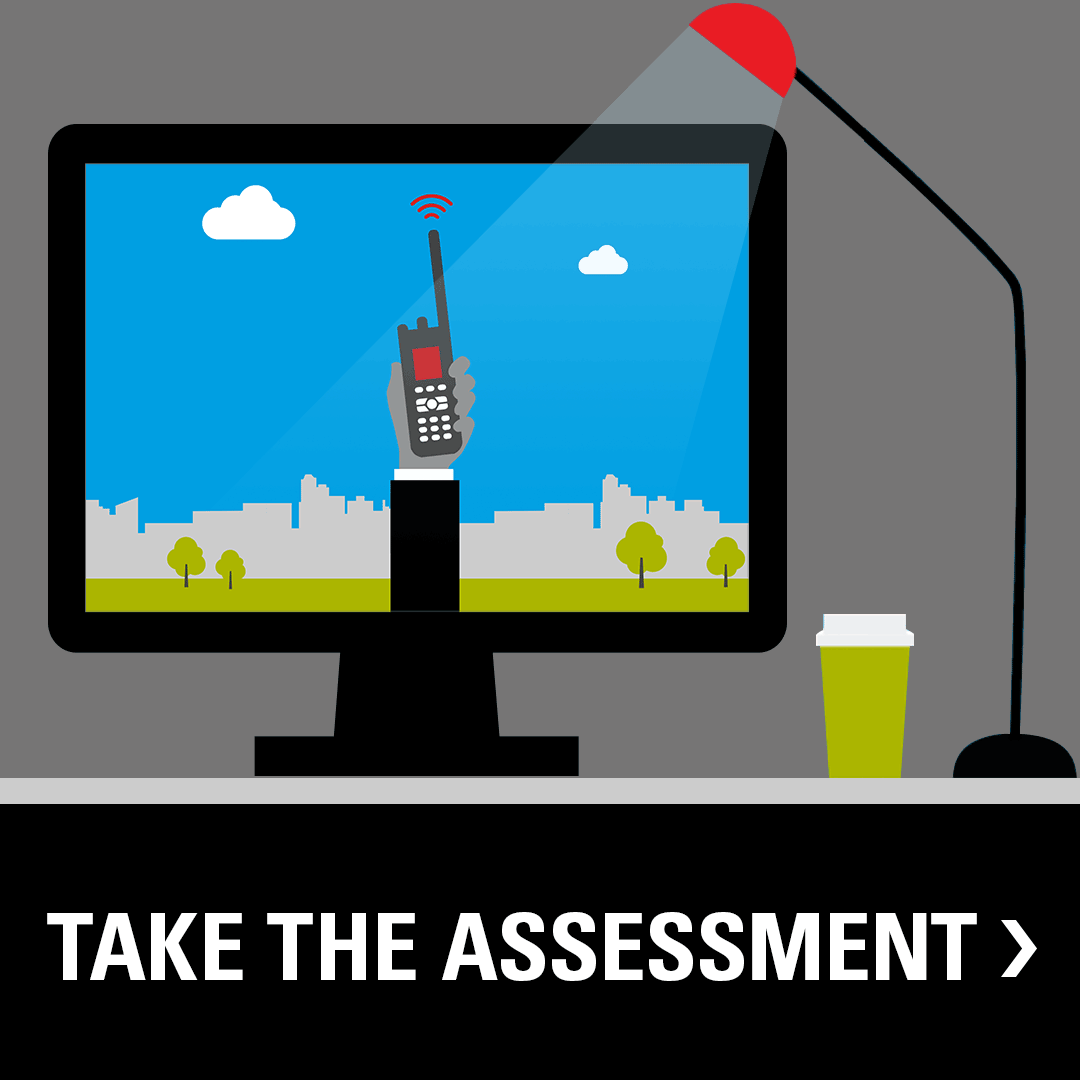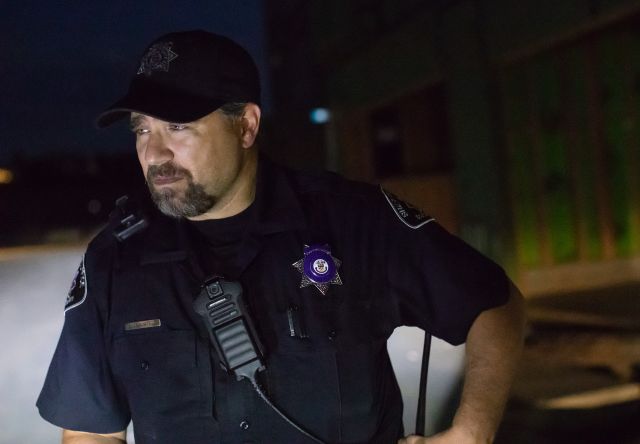Two-way, push-to-talk radios have been in use for decades. They are synonymous with reliability, durability and security.
They are synonymous with reliability, durability and security.
Thanks to technology advances, today, two-way radios are making a huge leap forward – the move from analog to digital. Digital two-way radios offer all the features of analog and more, yet there are still misperceptions out there about making the move.
Let’s break them down and offer some reasons why making the switch makes business sense on many levels.
Making the Switch to Digital Radios is Costly
Cost is often one of the biggest concerns for any business contemplating a move to digital. But cost isn’t the issue you might think it is. In fact, using a digital two-way radio system like MOTOTRBO™ is one of the most cost-effective ways to reduce your expenses, while getting more features.
Digital radios can also reduce your bandwidth imprint and costs. With digital, you can immediately double the capacity of your existing 12.5 kHz channel – greatly minimizing license costs and increasing the flexibility of your currently licensed spectrum.
Going forward, you’ll realize more predictable capital and operating expenses thanks to the greater visibility into usage patterns that digital provides, so you can manage your infrastructure more efficiently.
Two-Way Radios are a Fading Technology
With the advent of smartphones, are two-way radios a fading technology?
While smartphones combine the best features of many of the devices and applications that we use each day, they aren’t always the best tool on the job. The enduring popularity of analog two-way radios proves this. Yet, today, the same digital technology that powers smartphones has transformed two-way radios, combining the best aspects of smartphones with the reliability and power of push-to-talk radios – in one device. For example, digital systems allow more simultaneous talking paths while being robust enough to handle location information, text messaging, Wi-Fi, dispatch messaging and telemetry.
Digital technology also brings interoperability to two-way radios. You can experience instant unified communications across locations, networks and devices including smartphones, landlines, and PCs.
In addition, digital networks offer much clearer sound, with features such as background noise-cancellation and intelligent audio, that automatically adjusts volume to compensate for background noise. These, along with many other benefits, enhance team communications on the frontlines in a way that analog radios and smartphones, alone, can’t. Take advantage of a unified communication and collaboration platform that offers real-time communication with enhanced group collaboration at the push of a button.
Transitioning to Digital Two-Way Radios is Complex
Making the switch from a legacy system naturally raises anxiety about the impact on existing investments and processes. But moving from analog to digital is easy. If you decide to make the switch, there’s no need to rip and replace, you can make the move in stages and use your analog and digital radios simultaneously. It’s your choice whether and when you move one person, a business unit, or your entire team.
From a low cost-of-entry to incredibly efficient cost of operation, digital two-way radios are a smart investment today, but they’re also just as smart down the road.
Ready to bring your business into the future? Answer a few short questions about your current communications system and get a free personalized assessment on how your operations measure up against the new standard. Get started today!



